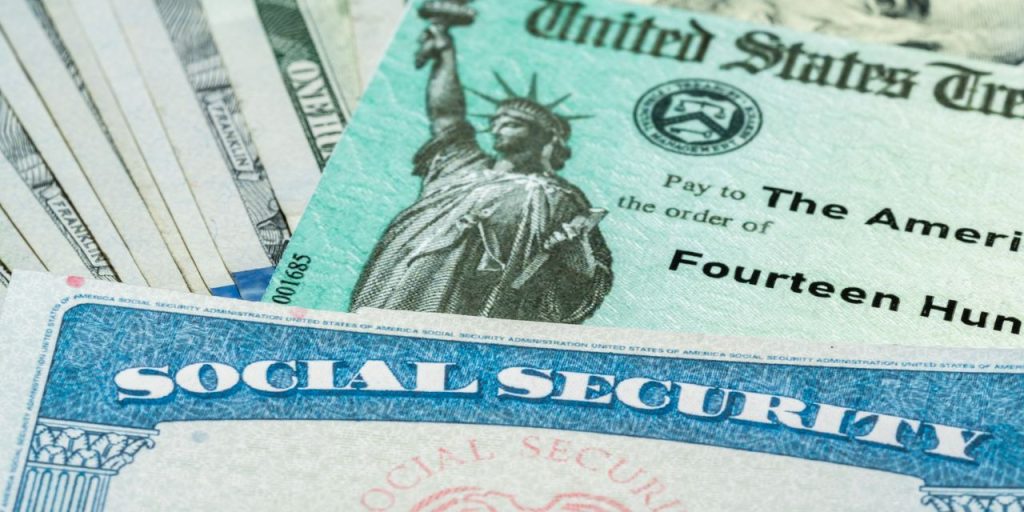Treasury yields advanced on Monday, led by the 3-month T-bill rate, as traders priced in a better-than-not chance of the fed-funds rate going a bit above 5% next month and staying there until at least June.
What happened
-
The 3-month yield
TMUBMUSD03M,
4.950%
rose 13 basis points to 4.985%, according to FactSet data. -
The yield on the 2-year Treasury note
TMUBMUSD02Y,
3.961%
rose 3.4 basis points to 4.004% from 3.970% on Friday. -
The yield on the 10-year Treasury note
TMUBMUSD10Y,
3.390%
advanced 3.2 basis points to 3.414% from 3.382% on Friday. - The 2- and 10-year rates were each up for the third straight session and posted their biggest-three day gains since the period that ended on March 29.
-
The yield on the 30-year Treasury note
TMUBMUSD30Y,
3.602%
rose 2.5 basis points to 3.626% from 3.601% as of Friday.
Market drivers
Treasury yields advanced on Monday as investors awaited the next major U.S. inflation update in two days. Inflation traders have been expecting the annual inflation rate, as reflected in the March consumer-price index, to come in a bit above 5%, versus 6% for February.
Earlier in the day, yields had pulled back amid thin post-holiday weekend trade. Analysts blamed the earlier moves on the latest tiff between Beijing and Washington after a U.S. Navy destroyer sailed through waters near the Spratly Islands in the South China Sea, a key nexus for global trade that is claimed by Beijing.
That show of strength followed Chinese military exercises around Taiwan over the weekend, as Beijing responded with aggressive military posturing following a meeting between Taiwan’s leader, Tsai Ing-wen, and U.S. House Speaker Kevin McCarthy.
What analysts are saying
“The real shock for markets may come from additional CPI reports that could show inflation is not being impacted by the contagion from the banking sector,” said David Nicholas, chief executive officer of Nicholas Wealth Management.
The market is underestimating how long it may take to get to the Fed’s 2% inflation target, and “rate cuts are not in the Fed’s ‘base case’ so there will need to be a lot more damage for the economy and markets before we get anywhere close to this number,” he said.
Read the full article here





